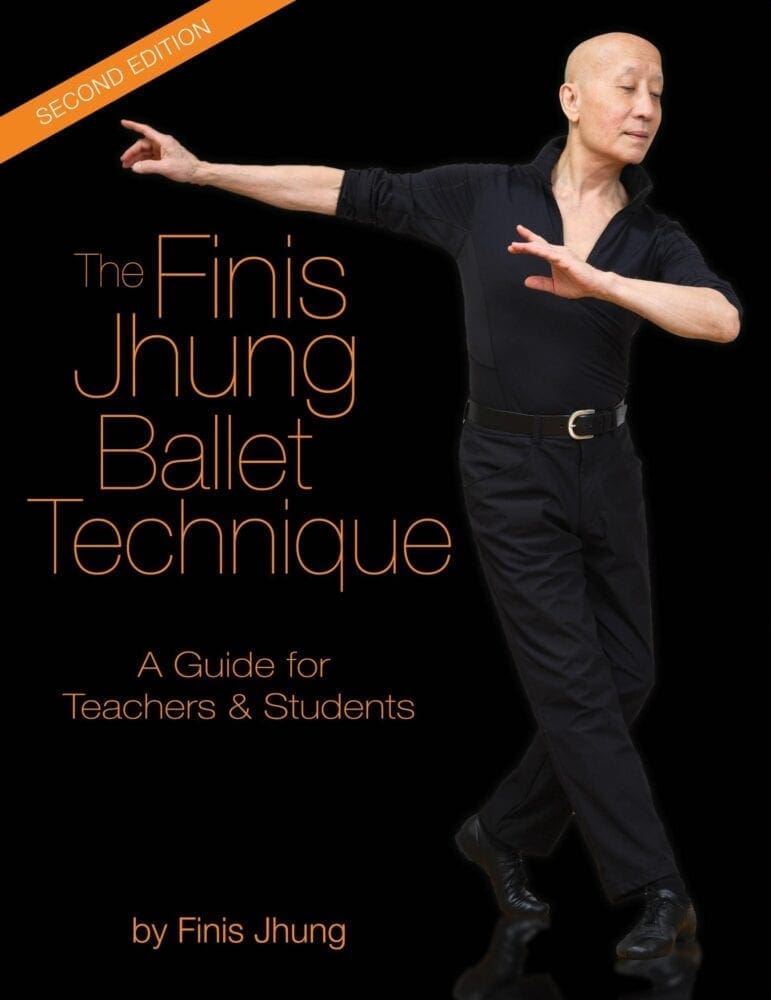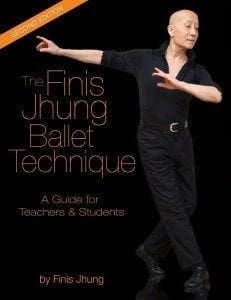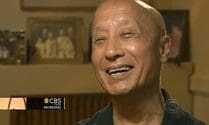Last night after class Ari practiced her outside pirouettes to the right. She was able to do at least two or three but then fell off. I pointed to my left knee and said “One” and then to my eyes and said “Two.” (All turns have 2 counts: plié on the 1, spot on the 2) She smiled, followed my instructions, and performed 5 beautifully placed controlled pirouettes finishing on half-toe. On-looking students were amazed. (So was she, as she was jet-lagged, having just returned from 10 days in Japan). ONWARD—WITHOUT A DOUBT!



 Excerpted from my book The Finis Jhung Ballet Technique: A Guide for Teachers & Students
Excerpted from my book The Finis Jhung Ballet Technique: A Guide for Teachers & Students
 #3 Ears back!
#3 Ears back!


